The Most Dangerous Weapons to American Service Members? Their Own
American service members face danger regularly on the battlefield, but what if someone were to tell you enemy combatants aren’t their biggest danger? In a November 2023 article by The New York Times, it was revealed the most dangerous thing these troops face is their own weapons and the blast exposure that comes from firing them.
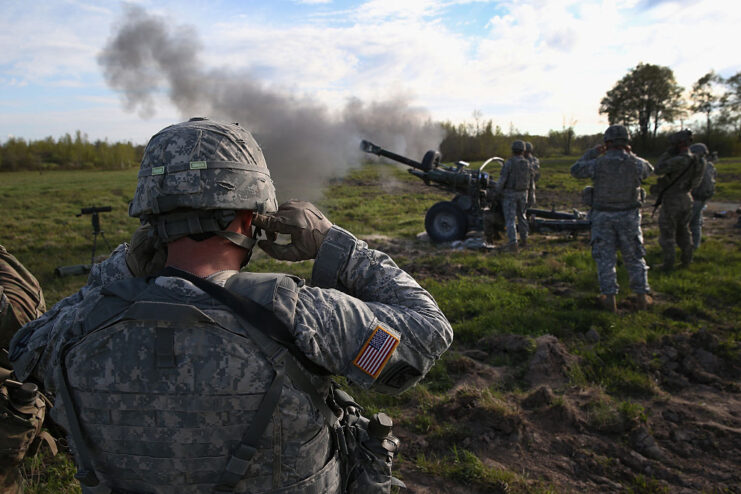
On US soil and abroad, members of the US military are frequently undergoing weapons training, to ensure they’re able to handle their tools in the heat of battle. Much of this centers around rockets, shoulder-mounted weapons and artillery, which, when fired, send a not-so-small shockwave through the operator’s brain, known as “blast exposure,” which many believe has effects that are similar to physical impacts to the head.
Despite recent studies showing blast exposure to be dangerous, the US military continues to put servicemen at risk for traumatic brain injuries (TBIs) from repeated exposure. As The New York Times reports, Congress ordered officials to place restrictions on just how much exposure individuals can have to these shockwaves. It also ordered that these effects be recorded and tracked, but little has been done to negate the problem, with things continuing as they’ve always have.
In a letter to the Chicago Tribune about the article published by The New York Times, veteran Daniel Johnson wrote:
“It’s hard to explain how it feels to be behind an artillery piece when it fires: the force from the explosion that threw a hundred-pound shell for miles, knocking the breath out of you and causing a shudder in your bones. When the dust clouds began to form from the sand blown off the walls and ground, filling our noses with soot, and staining our uniforms to the point they sometimes looked white, I also often had a dull pain in my head like I had just gotten hit in the face.”
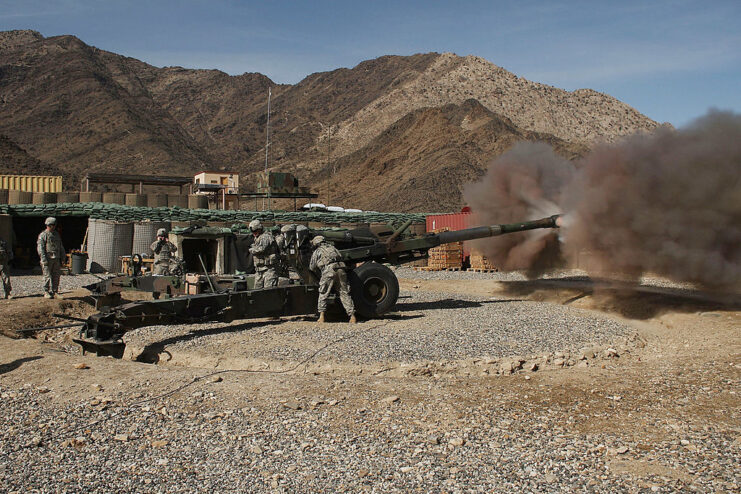
In 2010, the Defense Advanced Research Projects Agency (DARPA), at the request of the US military, developed a wearable gauge to measure blast exposure. The device was subsequnetly equipped by 11,000 service members in Afghanistan, to learn more about how much exposure troops were recieving from roadside bombs. The result showed that, while these bombs did have an effect on brain health, 75 percent of troops actually received TBIs from their own weapons.
Despite this evidence, the program was canceled in 2016, with the US military saying the devices didn’t provide reliable data. While DARPA attempted to bring it back, the agency was continuously met with refusals.
In April 2018, Lauren Fish and Paul Scharre published a study that looked into TBIs obtained during military service. They found the “emerging evidence suggests that servicemembers may be exposed to high levels of blast overpressure […] when firing heavy weapons, such as the Carl Gustaf recoilless rifle, even when training.”
The Department of Defense has also conducted independent studies and found “higher rates of concussion and post-concussion associated symptoms among individuals with a history of prolonged exposure to low-level blasts from the breaching and shoulder-fired weapons.” Among the symptoms noted were “cognitive deficits in delayed verbal memory, visual-spatial memory, and executive function.”
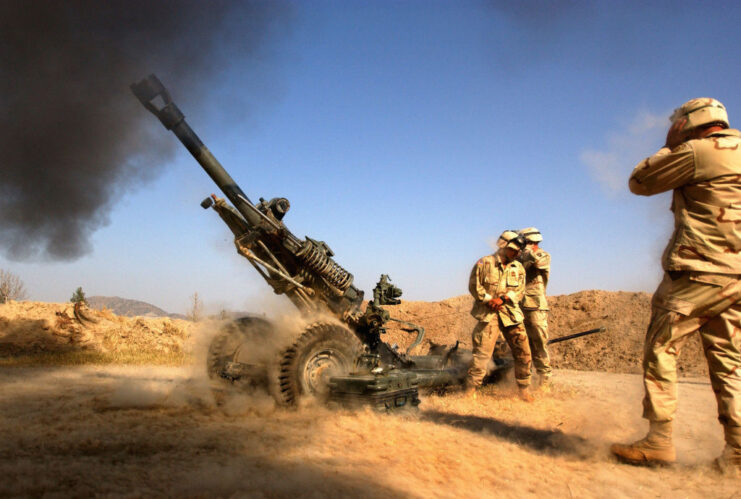
The New York Times spoke with Michael Roy, who led a three-year study of Special Operations troops at Fort Chaffee Maneuver Training Center, Arkansas. After taking blood and attaching sensors to their bodies, his team found the operatives not only had lower cognitive function, but also slower reaction times, decreased memory and coordination, and elevated protein levels. What’s more, they were also exposed to twice the recommended blast strength than has been recommended.
Roy said the troops bounced back after a few days or weeks, similar to a concussion. However, just like the latter, prolonged and repeated exposure is believed to cause worsening brain health, with a study conducted by the US Navy in 2021 finding the issues that arise include the likes of depression, dementia and anxiety disorders. Some are even misdiagnosed with post-traumatic stress disorder (PTSD).
When confronted by The New York Times with these findings, Special Operations Command said it will continue to use the Carl Gustaf M3, but far less because of its “potential negative effects.” It added that steps are being taken to reduce exposure, such as ordering instructors and assistant gunners to stand farther back when a gunner fires.
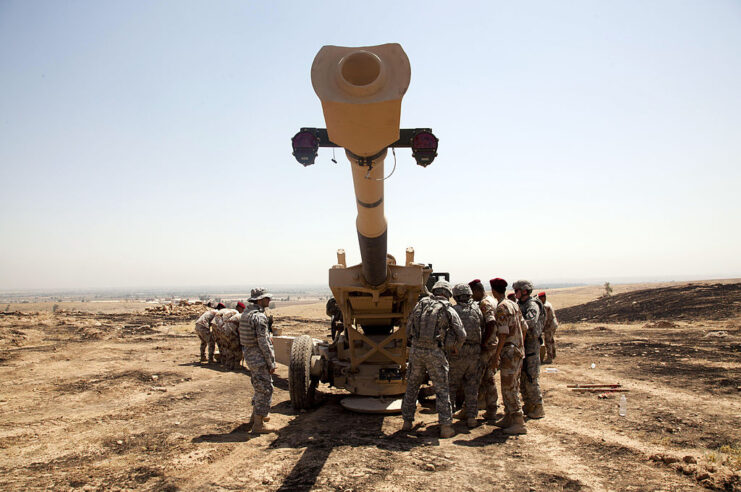
The Department of Defense has since launched the Warfighter Brain Health Initiative, which follows service members’ brain conditions from the moment they enlist, up until their retirement. There are six goals:
- Improve service members’ health and performance.
- Strengthen physical and cognitive performance.
- Identify, monitor and reduce blast exposure to the brain.
- Prevent, discern and diminish the effects of TBIs.
- Reduce or, if possible, remove the long-term effects of TBIs.
- Advance the science behind the initiative.
In a press release, Kathy Lee, lead of the Warfighter Brain Health Initiative, said, “Marching this plan out, we wanted to ensure that cognition was front and center. Many times, when there’s been some decrement in your testing of cognitive abilities, evaluating sleep health, mood, and looking at any lingering TBI symptoms … can help improve and restore cognitive functioning.”
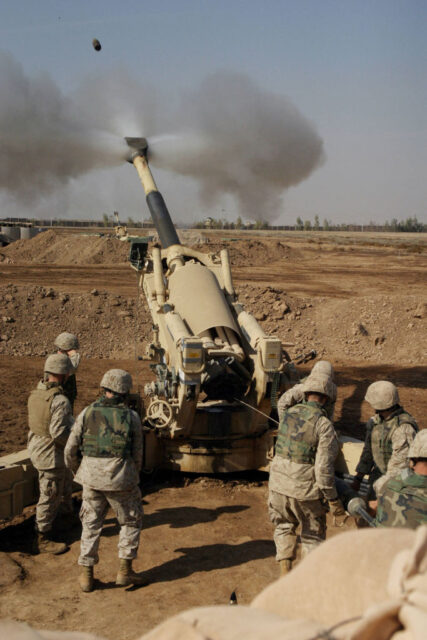
There are several ways the US military can mitigate the risk of TBIs as a result of blast exposure. According to Fish and Scharre, one of the main recommendations is to conduct additional studies, which will allow leaders and medical professionals to gain a better understanding of the correlation between blast exposure and TBIs.
More from us: ‘Top Gun 3’ Reportedly In the Works at Paramount, Tom Cruise Set to Return
The military also announced in December 2023 that it would begin clinical trials to determine whether illicit substances, such as psychedelic drugs, can be used to treat the likes of TBIs and PTSD.
The post The Most Dangerous Weapons to American Service Members? Their Own appeared first on warhistoryonline.
The Most Dangerous Weapons to American Service Members? Their Own
Philippines Truth
Post a Comment
0 Comments